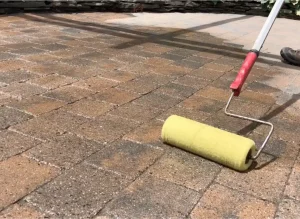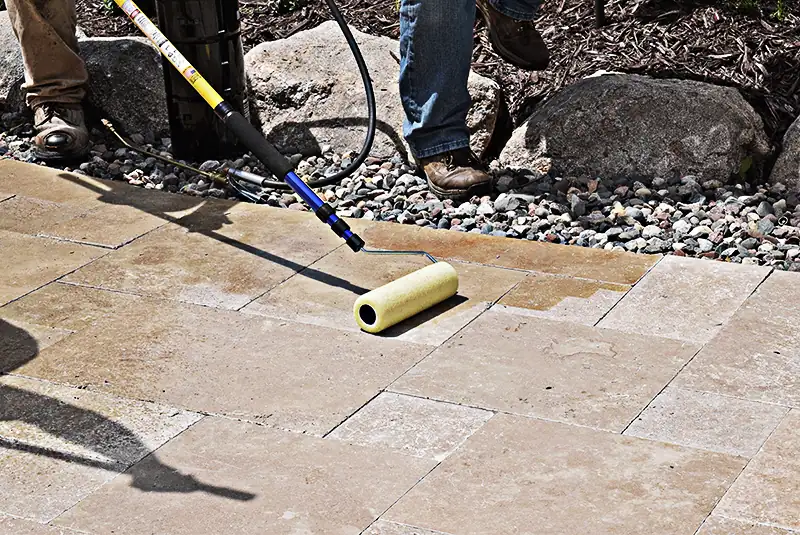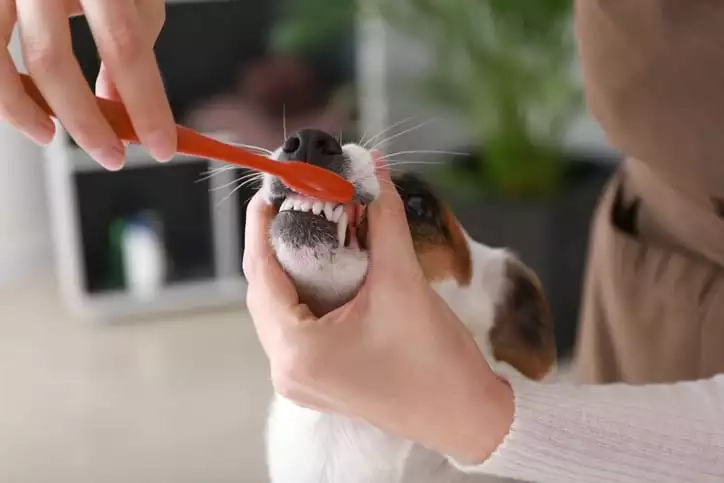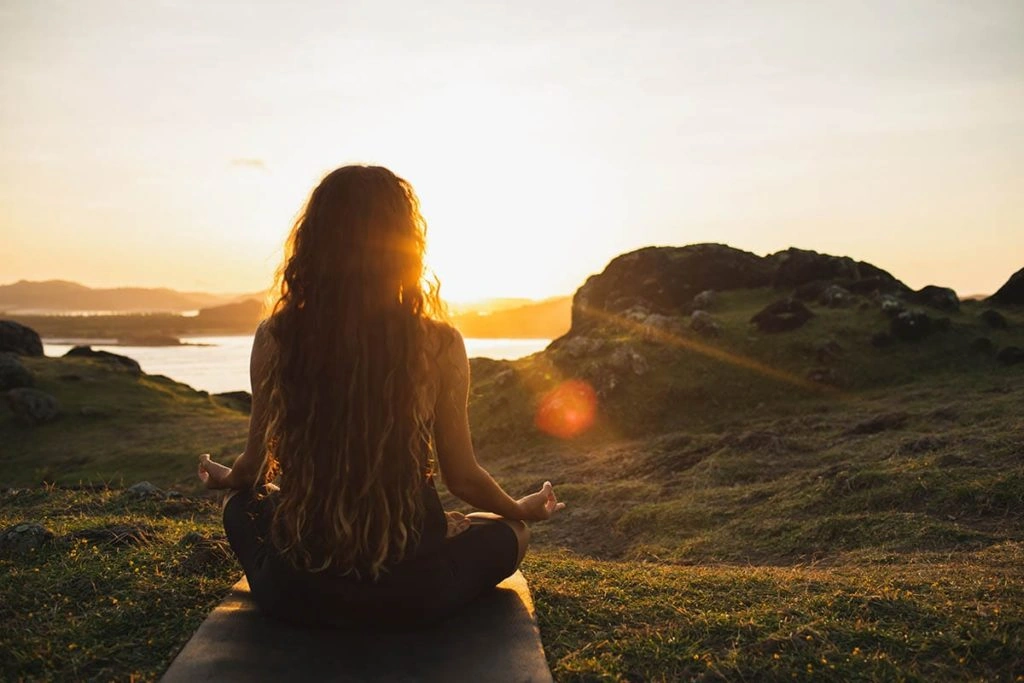In urban environments, understanding the benefits of paver sealing is crucial for maintaining safe and aesthetically pleasing public spaces. Paver sealing protects the appearance of walkways and patios while effectively preventing the accumulation of dirt and allergens. Sealed surfaces also play a significant role in enhancing safety by reducing the risk of slips and falls, which are common hazards in shared areas. As communities increasingly prioritize health and safety, incorporating paver sealing becomes essential in urban design. What implications does this have for city planning and public health initiatives?
Key Takeaways
- Sealed pavers prevent slips and falls by providing a non-slip surface, enhancing outdoor safety for all age groups.
- Paver sealing acts as a barrier against pollutants, reducing dirt accumulation and promoting cleaner environments.
- The sealant preserves pavers’ aesthetic and structural integrity, extending their lifespan and maintaining property value.
- By limiting the presence of allergens and pathogens, sealed pavers contribute to healthier community spaces.
- Regular sealing promotes sustainable living and community pride by keeping outdoor areas visually appealing and structurally sound.
Understanding Paver Sealing
Understanding paver sealing begins with recognizing its primary function: to protect and enhance the longevity of paving stones used in outdoor spaces. This process involves applying a sealant that acts as a barrier against moisture, stains, and weather-related damage, thereby preserving the aesthetic appeal and structural integrity of the pavers. Regular sealing is essential for maintaining the value and appearance of your property’s hardscaping.
Enhancing Outdoor Safety
Enhancing outdoor safety is a significant benefit of paver sealing in residential and commercial areas. Sealed pavers minimize the risk of accidents by providing a non-slip surface, essential in preventing falls, especially in wet conditions. This proactive measure guarantees that everyone, from children to the elderly, can navigate these spaces securely, fostering a sense of community and inclusivity in enjoying outdoor environments safely.
Promoting Cleaner Environments
Paver sealing’s role in maintaining cleaner environments cannot be overstated. By creating a barrier against pollutants and stains, sealed pavers reduce the accumulation of dirt and debris. This not only enhances the aesthetic appeal but also promotes public health by limiting the presence of allergens and pathogens. Such maintained spaces invite community interaction, fostering a sense of belonging while ensuring a pristine and welcoming outdoor environment.

Extending Paver Lifespan
Beyond contributing to cleaner environments, sealing pavers also plays a significant role in extending their lifespan. Protective sealants minimize wear from weather elements and frequent traffic, effectively reducing the rate of degradation. This preservation enhances structural integrity and maintains aesthetic appeal longer. As part of a community focused on sustainable living, utilizing sealants guarantees the longevity of shared spaces, fostering a sense of pride and belonging among residents.
Implementing Paver Sealing Solutions
Understanding the process of implementing paver sealing solutions requires a meticulous approach tailored to the specific needs of the outdoor area in question. Key steps include surface cleaning, choosing the right sealant type—whether acrylic, polyurethane, or epoxy—and precise application to guarantee durability and aesthetic appeal. This proactive measure enhances safety, boosts cleanliness, and fosters a sense of community pride in well-maintained, inviting outdoor environments.
Frequently Asked Questions
Can Paver Sealing Prevent Weed Growth Between Pavers?
Yes, paver sealing can effectively prevent weed growth between pavers by creating a barrier that inhibits the accumulation of dirt and seeds in the joints, thereby reducing the conditions favorable for weed germination and growth.
Does Paver Sealing Affect Surface Traction When Wet?
Paver sealing can enhance surface traction when wet by adding a non-slip coating. This treatment reduces slipperiness, thereby increasing safety and accessibility in outdoor areas exposed to moisture, ensuring a secure environment for all users.
What Is the Cost Range for Professional Paver Sealing?
Professional paver sealing typically costs between $0.75 and $2.50 per square foot. Prices vary based on paver type, sealant quality, and project complexity, influencing overall expenses for enhancing surface longevity and appearance.
How Often Should Paver Sealing Be Reapplied?
Paver sealing should be reapplied every 3 to 5 years, depending on exposure to weather and usage. Regular maintenance guarantees longevity and aesthetic appeal, fostering a sense of pride and belonging in communal spaces.
Are There Eco-Friendly Paver Sealing Options Available?
Yes, eco-friendly paver sealing options are available, utilizing water-based, low-VOC (Volatile Organic Compound) formulas. These products minimize environmental impact while maintaining the functionality and aesthetic appeal of the sealed surfaces.
Conclusion
To sum up, paver sealing emerges as a pivotal strategy for enhancing outdoor spaces. By providing a protective layer, it not only preserves the aesthetic quality and structural integrity of pavements but also promotes public health by reducing pollutants and allergens. The non-slip surface feature fosters a safer environment, minimizing accident risks. Ultimately, the implementation of paver sealing techniques is essential for sustaining clean, attractive, and safe community spaces, thereby enriching the quality of life and fostering community pride.
You May Also Like To Read:







